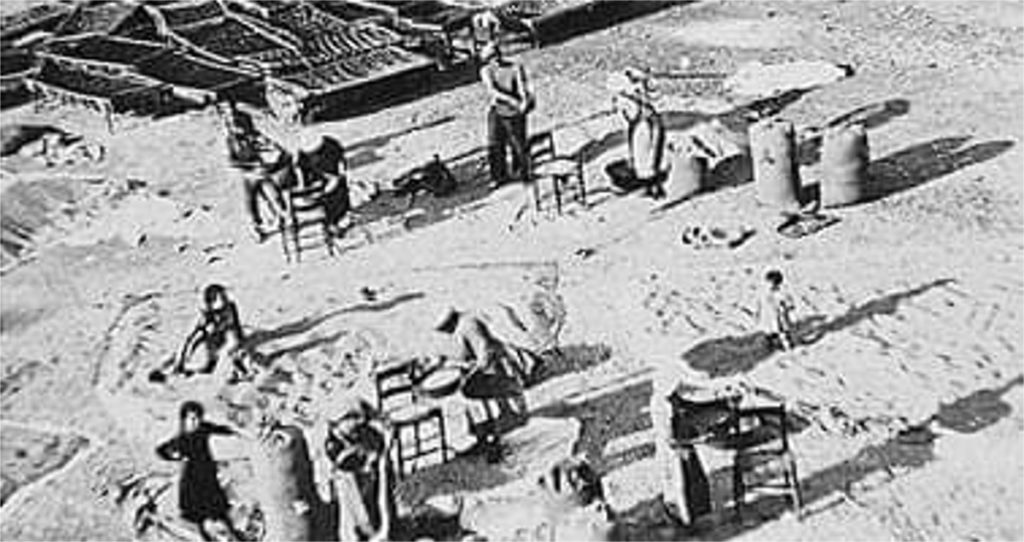
Former Tobacco Factory
The tobacco factory was opened in 1927 on commission by Aldo Finzi, former Undersecretary of the Interior (1922) forced to leave the office after being accused of involvement in the Matteotti crime.
In the 1930s Finzi definitively left political life and became one of the largest tobacco producers in southern Lazio.
He ran the Giulianello tobacco factory until his death in the raid on the Fosse Ardeatine in 1945.
Much of the Giulianello population was occupied by the tobacco industry.







